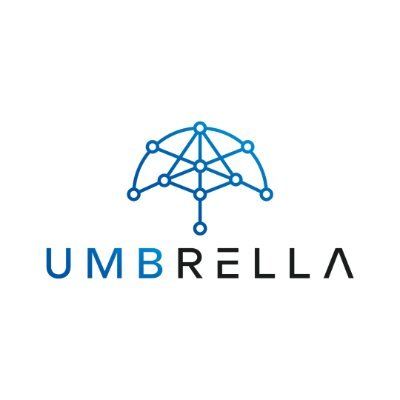5,106 reads
Chainlink Vs. Umbrella Network Vs. Kylin Network Vs. DIA Protocol: A Comparative Analysis
by
September 17th, 2021
Audio Presented by
About Author
Securely bringing the world's data on chain.
Comments
TOPICS
Related Stories
10 Essential Essays on Bitcoin
Aug 07, 2020
10 Essential Essays on Bitcoin
Aug 07, 2020
